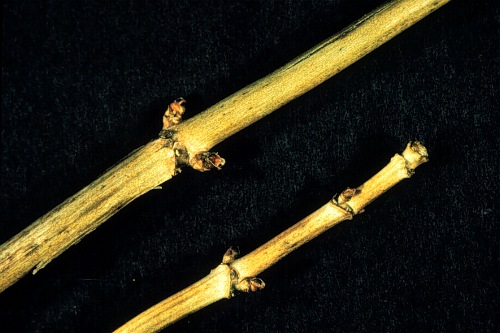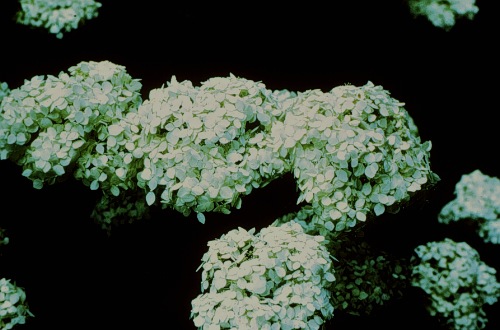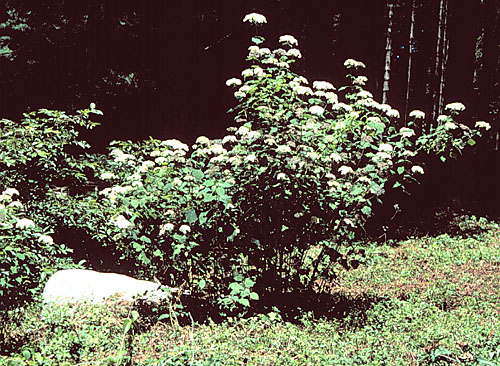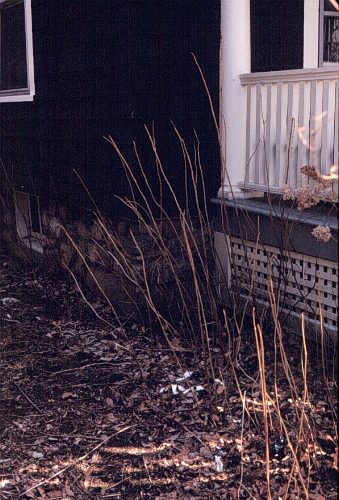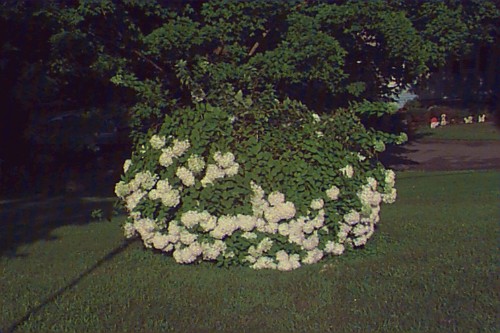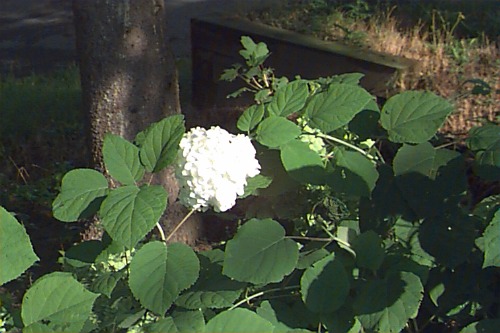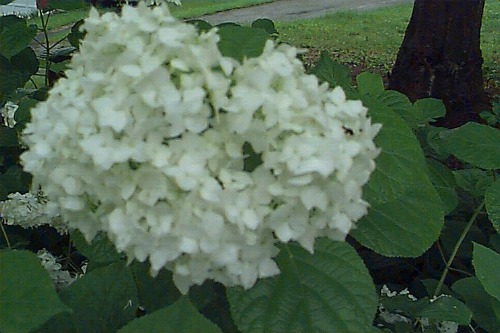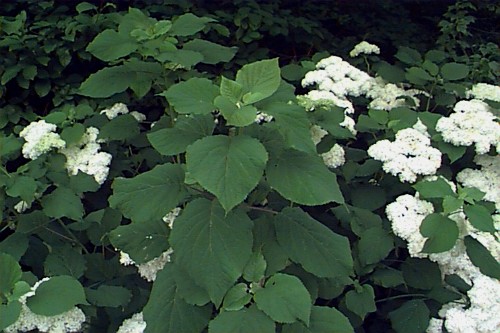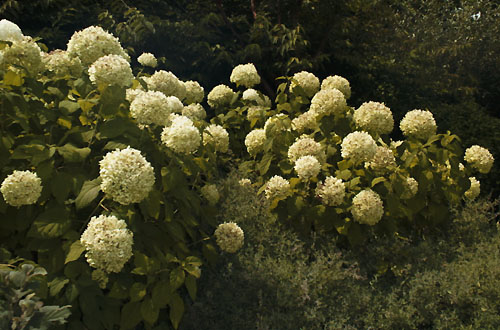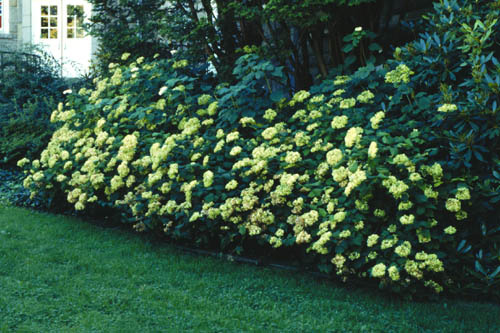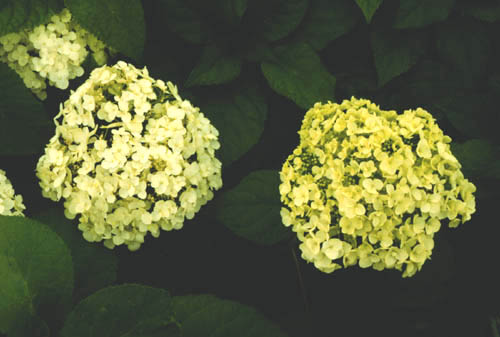Hydrangea arborescens
Smooth Hydrangea
Hydrangeaceae
ExpandHabitat
- native to Southern New England across through the Midwest and down through the southern states
- hardy to zone 4, and warmer parts of 3
Habit and Form
- a deciduous shrub
- low growing, rounded habit
- shrub is formed by numerous unbranched canes
- 3' to 5' tall and generally wider than tall
- suckers
- coarse texture
- fast growth rate
Summer Foliage
- deciduous simple leaves
- opposite leaf arrangement
- elliptical leaf shape
- 2" to 8" long
- 2" to 5" wide
- cordate leaf base
- serrated leaf margins
- dark green leaf color
Autumn Foliage
- leaves turn pale yellow and fall off
- not ornamentally significant
Flowers
- large flowers composed of sterile and fertile flowers
- dull white to pinkish color
- blooms in June and continues throughout the summer
- clusters are 4" to 6" wide
- showy
Fruit
- dry capsule
- persists through winter
- not ornamentally important
Bark
- shredding bark
- unbranched canes
- orange-brown color
- stout gray older stems
Culture
- transplants well from containers
- adaptable to most conditions
- partial shade
- flowers on new wood
- acidic to neutral soil
Landscape Use
- in northern areas used as a perennial
- for flowering effect
- for summer flowers
- shrub border, massing
- for shady areas
Liabilities
- lack of winter hardiness
- blight
- leaf spot
- powdery mildew
- aphids
ID Features
- stems emerge from ground with few branches
- large opposite, serrated leaves
- imbricate buds with 4 to 6 scales
- buds are greenish brown and glabrous
- balls of flowers covering plant in summer
- persistent flower panicles
Propagation
- by cuttings
- by seed
Cultivars/Varieties
'Annabelle' - This popular selection is often mislabeled in the trade or applied falsely. The true cultivar bears huge rounded clusters (up to 12" wide) of white sterile florets. The flower heads are rounded and held upright, thus the plant is considered superior to 'Grandiflora'.
'Grandiflora' - The common "Hills of Snow Hydrangea", this plant offers heads of white sterile florets 6"-8" wide. The number of flowers in each rounded cluster is less than 'Annabelle', and the clusters do not age well. 'Sterilis' is similar, but the bloom heads are flatter and the sterile florets are not borne as densely.
